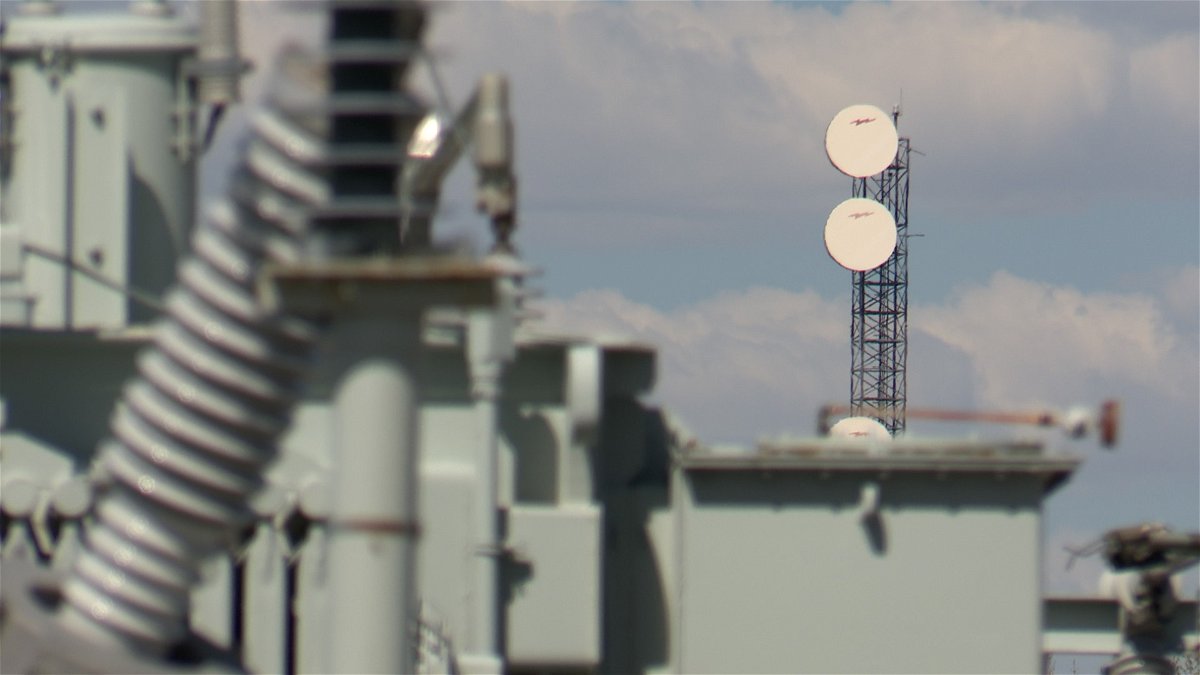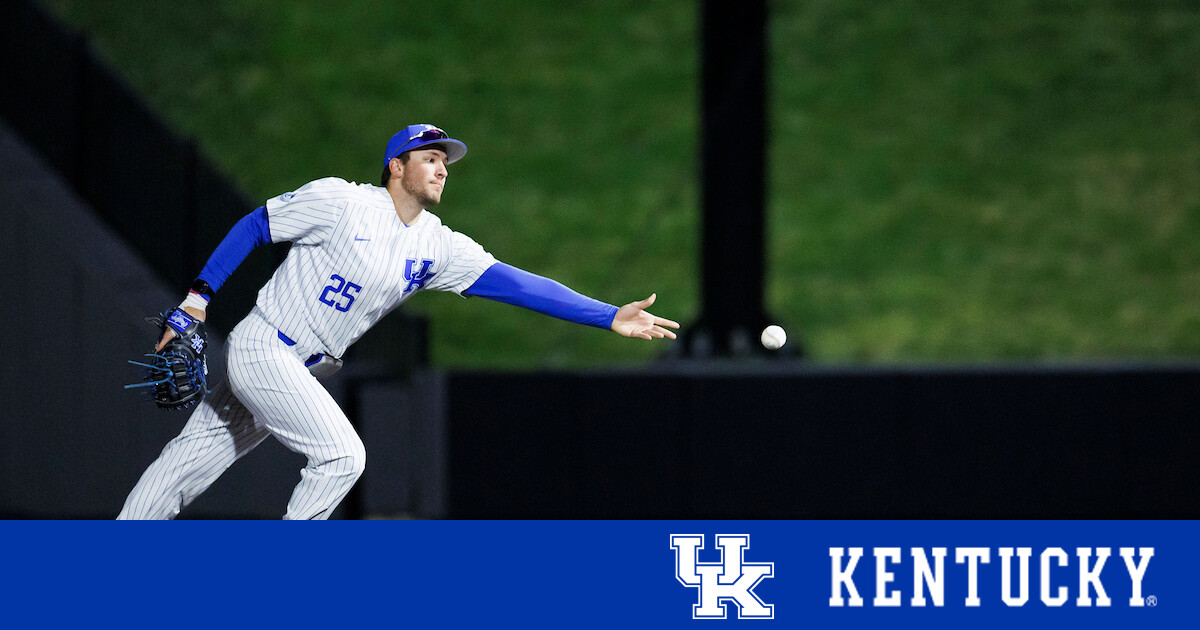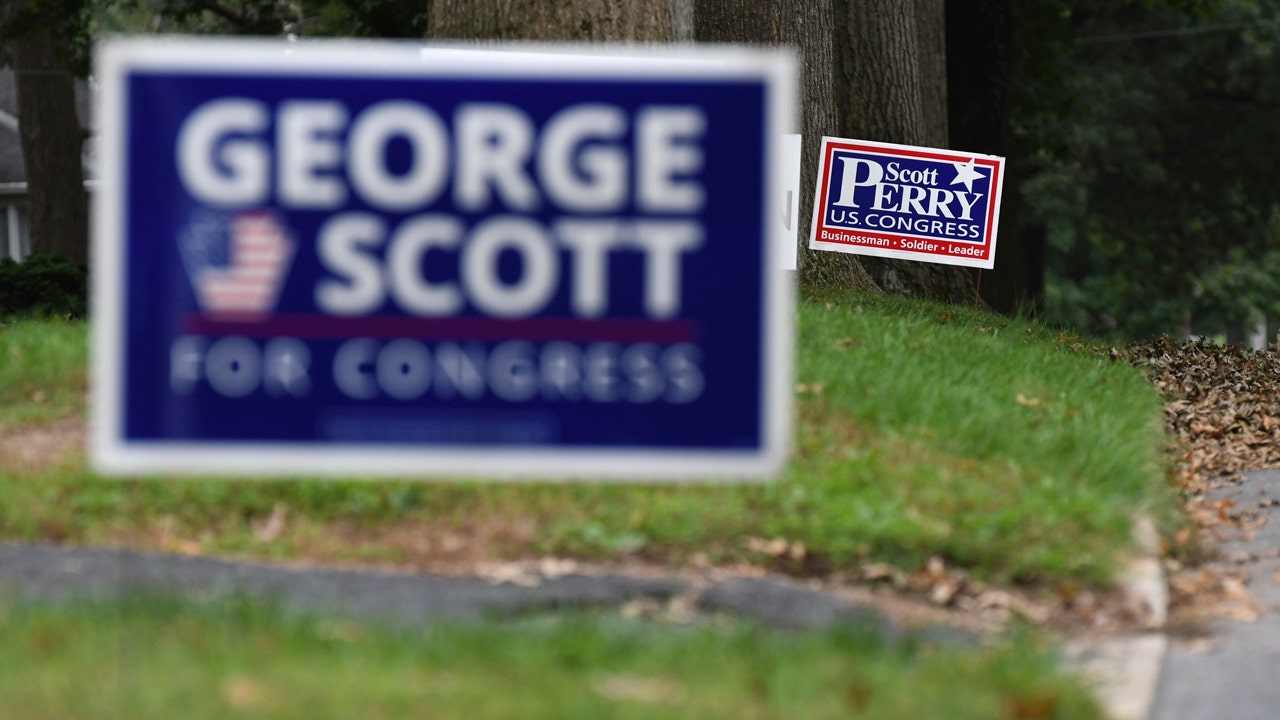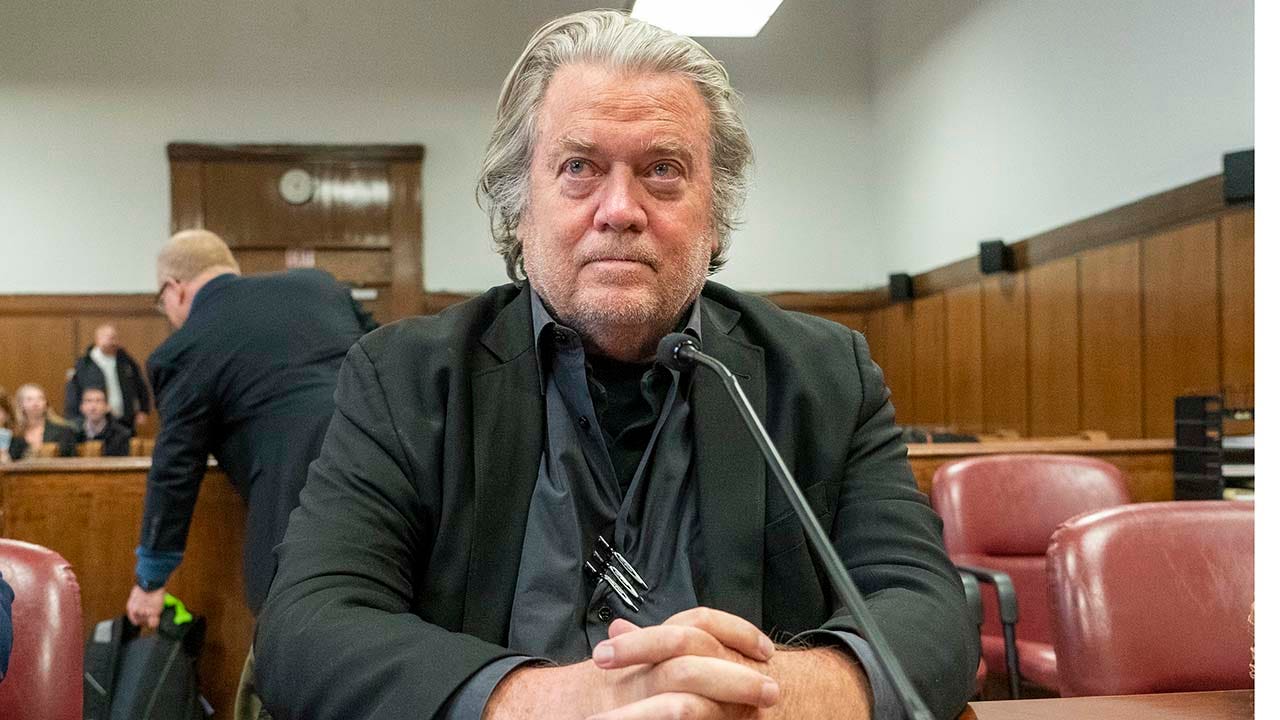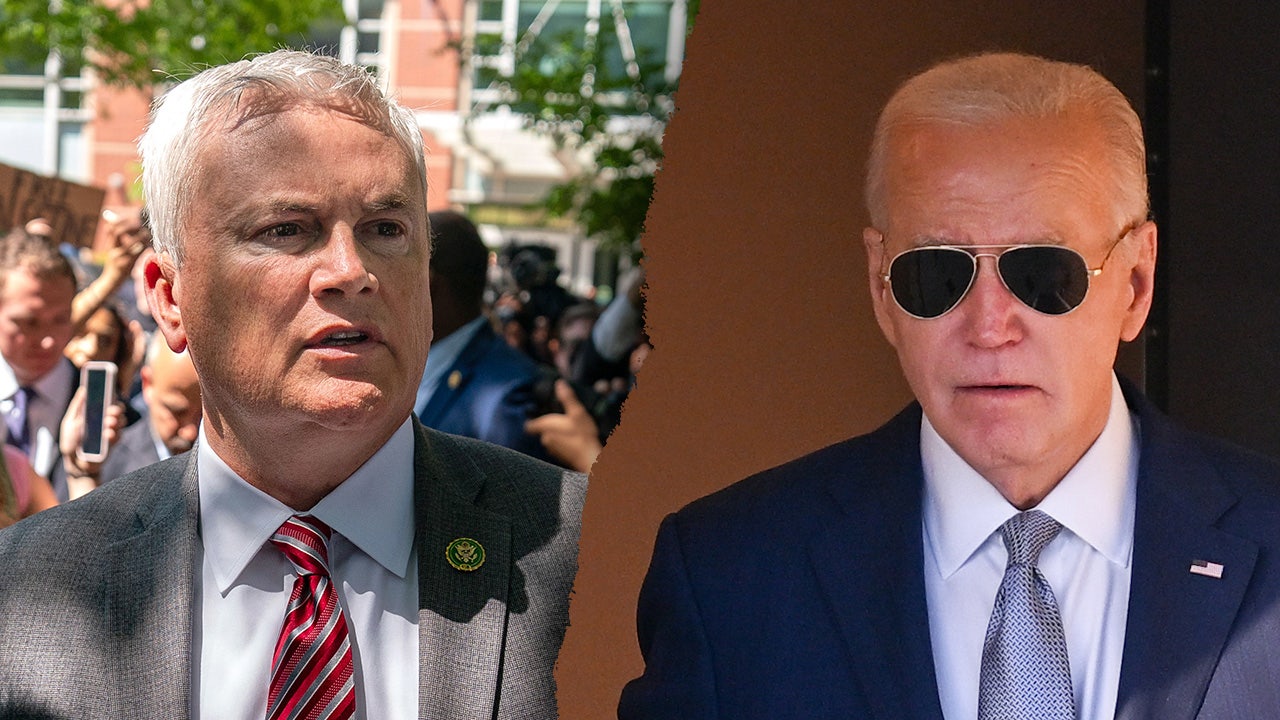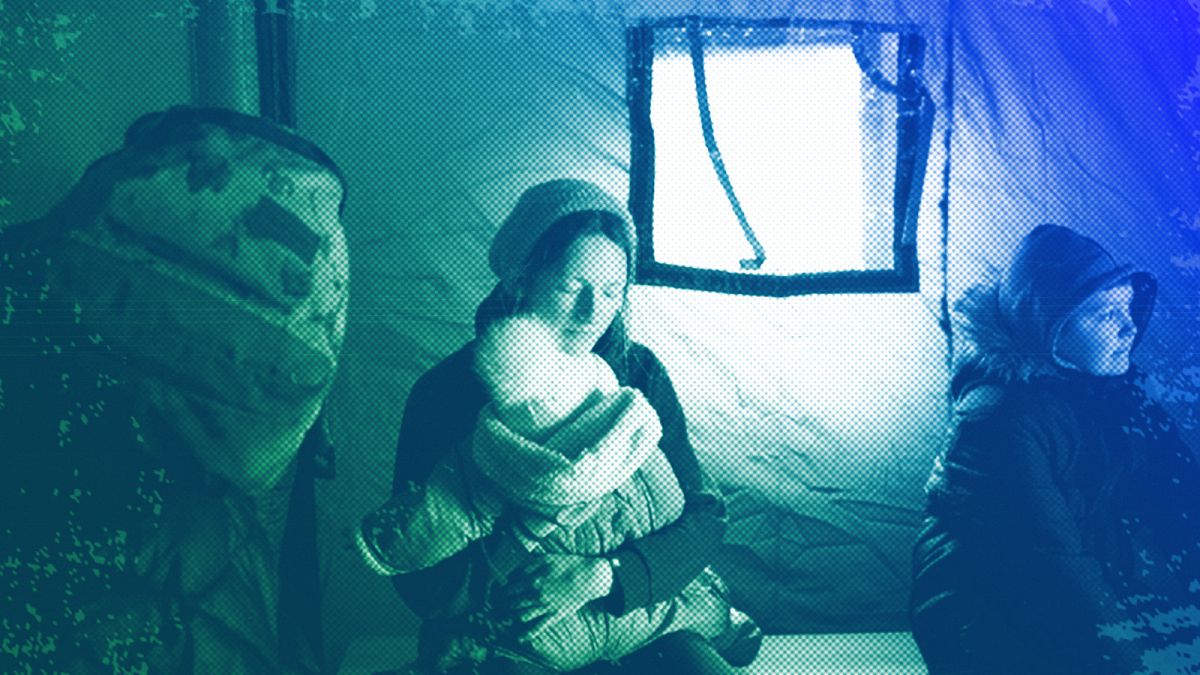Sports
Dear players and coaches, NFL owners don’t care what you think when it comes to their interests – analysis
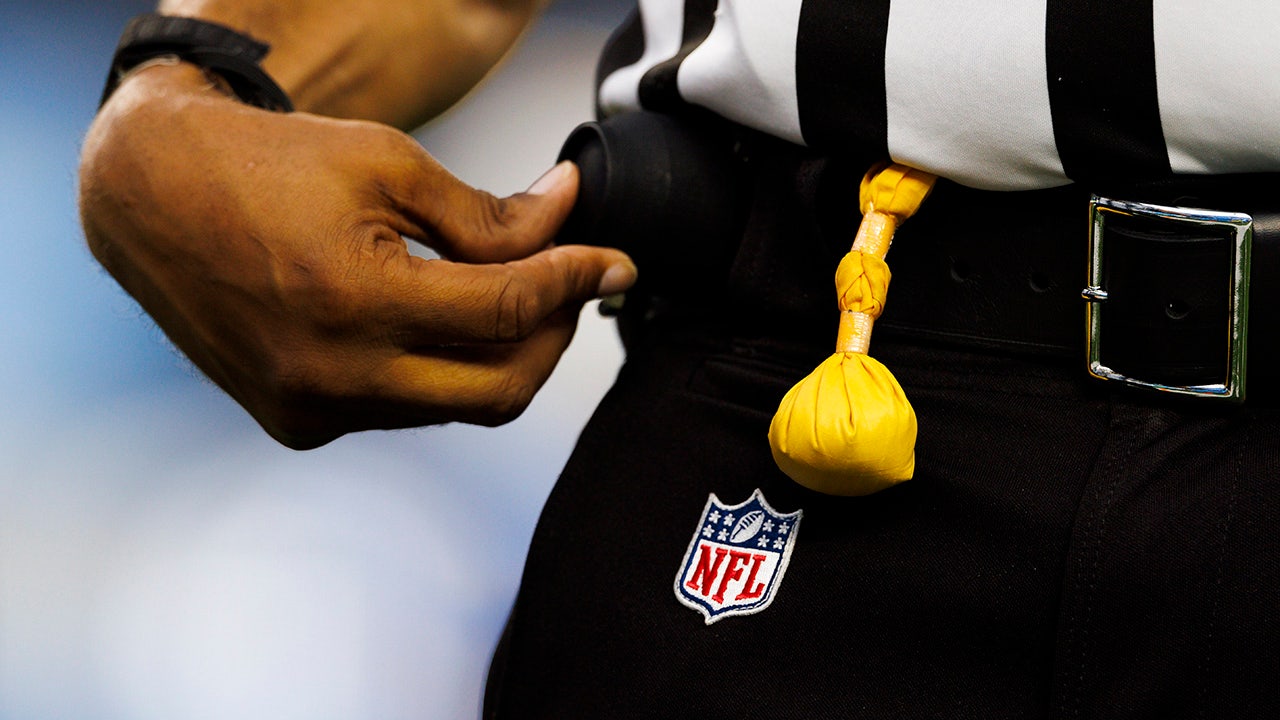
Dear NFL players and coaches:
This is a note to remind you NFL owners don’t care what you think when it comes to their business interests, primary of which is making money.
Those nice men (and some women) who greet you breathlessly in your postgame locker room after a win, and fund your paychecks, and remember your name and shake your hand on the playing field, don’t give a rip what you think when it comes to league matters.
That should be evident now.
Because those owners the last three days heard your pleas and fully understood your stances on multiple league matters. They know there was almost a consensus among players and coaches on these matters.
And knowing how rare it is to get players and coaches across 32 teams to agree on anything, the owners voted against you. All of you.
They instead voted for their interests.
Flex And Kickoffs Votes Send Message
Cleveland running back Jerome Ford (34) catches a kick-off during the NFL game between the Cleveland Browns and the Atlanta Falcons on October 2nd, 2022 at Mercedes-Benz Stadium in Atlanta, GA. (Rich von Biberstein/Icon Sportswire via Getty Images)
The league on Monday voted to flex certain late-season games from Sunday to back to Thursday this season. And on Tuesday owners voted to change the kickoff rule so as to basically water down the play by inserting fair catches behind the 25-yard line — both in and out of the end zone — would place the ball at the 25.
Players and coaches in large majorities dislike both measures. They’ve argued against both measures. They have, in some instances, told ownership of their distaste for the ideas to their faces.
And owners voted them in any way.
Start with the flex scheduling now factoring on Thursday nights, potentially moving a December game from Sunday back to Thursday as long as everyone gets 28 days notice.
It’s not popular mostly because Thursday night games are not popular among coaches and players.
Robert Kraft Voted For Flex Schedule
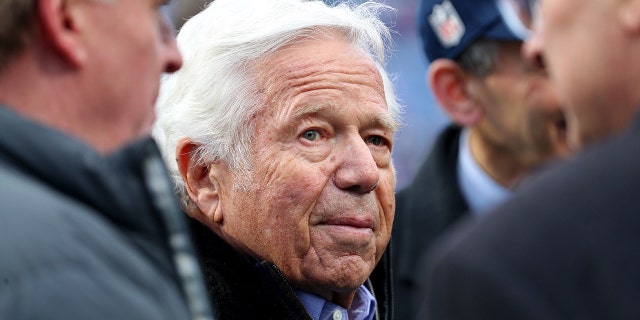
CEO and Owner Robert Kraft of the New England Patriots looks on prior to a game between the Buffalo Bills and the New England Patriots at Highmark Stadium on January 08, 2023 in Orchard Park, New York. (Bryan Bennett/Getty Images)
“It’s a hard week for the coaches that would start to a degree on Friday morning the week before” former Patriots offensive line coach Dante Scarnecchia told Mass Live. “So you’re playing a game Sunday, and you’re working on the next team in earnest on Friday., Saturday morning, Sunday morning before the game. So it just gets loaded up.
“I think the players rock along with it pretty easily. But from a mental standpoint and a work standpoint, it’s hard on the coaches. But the players are the ones that have to go out there and play on Thursday night.”
Patriots owner Robert Kraft voted for the flex schedule on Thursday. Sorry, Dante.
Players generally love the days off that come after a Thursday night game. And even though they’re practicing the following week, the Thursday game gives them 10 days between game speed contact as opposed to the usual six days.
But players generally are not fans of how the Thursday game gives them little time to recover from their previous game only four days prior.
NFL APPROVES FAIR-CATCH TWIST TO KICKOFFS BUT NEW RULE FALLS FLAT AMONG FANS: ‘GOODBYE FUN’
Amazon Trumps Players, Coaches
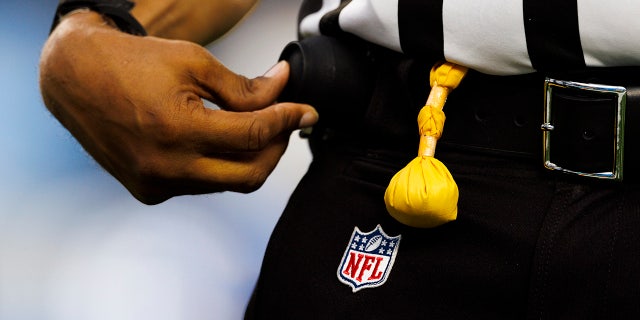
NFL referee flag and shield logo during the NFL preseason football game between the Los Angeles Rams and the Los Angeles Chargers on August 13, 2022, at SoFi Stadium in Inglewood, CA. (Ric Tapia/Icon Sportswire via Getty Images)
So understand what owners are doing here: They’re going against the will of most coaches, against the will of a majority of players, against the will of fans that bought tickets to Sunday games and now have to make it to a Thursday night one.
“We’re also trying to balance how we make sure, on the other side, that we’re getting the right games into the right windows,” said Hans Schroeder, EVP and COO of NFL Media.
Owners are doing this because they want Amazon, their $11 billion streaming service partner, happy with its late-season matchups. So this was done on Monday.
Then on Tuesday the NFL changed its fair catch rules on kickoffs to include the fact any player making a fair catch either in the end zone or behind the 25 yard line would result in the ball being placed on the 25-yard line.
NFL special teams coaches almost unanimously hate the rule because it has the potential to rob them of kickoff returns and take some of the foot out of football.
Broncos Owner Votes Against Sean Payton
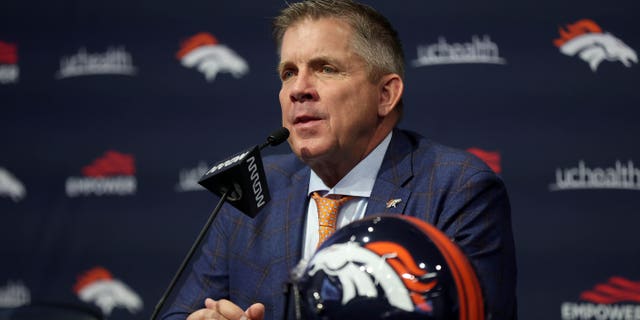
New Denver Broncos Head Coach Sean Payton fields questions from the media during a press conference at UCHealth Training Center on February 06, 2023 in Englewood, Colorado. (Matthew Stockman/Getty Images)
Players, particularly core special teamers, don’t like the rule because it can diminish their roles and eventually lead to their unemployment.
It’s a potentially slippery slope for both coaches and players.
Head coaches, including Dan Campbell, John Harbaugh, Bill Belichick and Sean Payton also let it be known they did not want the kickoff rule change.
Denver voted for the measure anyway. Sorry, Sean.
The NFL says on its resolution the reason for the one-year change is “player safety.”
That’s a joke, dear players and coaches. The same league alleging concern over player safety voted in March to increase the number of games a team can play on Thursday night from one to two.
Players, such as Patrick Mahomes, believe that to be nutty.
Patrick Mahomes Not A TNF Fan
Then, on Tuesday, owners voted to potentially play five of those Thursday night games, with their body recovery gap in full effect, after originally scheduling the teams to play on a Sunday.
The owners, not your friends, changed a kickoff rule for player safety because it doesn’t hurt them financially. Indeed, the kickoff rules change gives them a talking point against future legal action or collective bargaining tactics.
The flex schedule rule they changed also impacts player safety although in a potentially negative way. But that was worth changing because, again, Amazon is paying roughly $11 billion over 11 seasons.
NFL owners will counter those statistics show there as fewer injuries on Thursday night games. But because they’re not actually exposing their bodies, they don’t recognize players generally feel physically under-prepared or not fully recovered for those games.
Roger Goodell To Study More London Games

NFL commissioner Roger Goodell speaks from the podium during Round One of the 2023 NFL Draft at Union Station in Kansas City, MO. (Nick Tre. Smith/Icon Sportswire via Getty Images)
Owners also made the point that the number of injuries on kickoffs had increased last year. Coaches actually studied those stats and concluded only one of the 19 concussions suffered on those kickoffs in 2022 happened to the returner.
So the rule isn’t likely to have a great impact on the player most at risk.
Finally, commissioner Roger Goodell admitted Tuesday that the league will study how the Jacksonville Jaguars handle playing back-to-back games in London this year.
Eventually the league wants to increase that number and even have teams there fulltime. And fulltime is one thing but my guess is most players and coaches based in the USA won’t love the idea of two or three consecutive in Europe — away from home or on multiple overseas flights.
No matter.
“The focus is to try to do two,” Goodell said, “and see what the impact is there first.”
Sorry, coaches and players. You will lose again.

Sports
How the Miami GP's mountainous food surplus feeds the city and fights climate change

MIAMI GARDENS, Fla. — A Formula One grand prix weekend is like a Super Bowl-caliber event in Miami – especially when it comes to the food.
Extravagant hospitality packages are created, award-winning chefs cater the weekend to bring the flavor of South Florida to F1, and VIPs flood the paddock. Over the years, the likes of the Williams sisters, David Beckham, Ed Sheeran, Michael Jordan and Paris Hilton have walked through the Hard Rock Stadium campus. Roughly 242,000 people attended the inaugural Miami Grand Prix, but the chefs’ teams for the restaurants working the event didn’t know quite what to expect when preparing the meals across the campus.
Thousands of pounds of food are made over the three-day weekend, ranging from simple ingredients like common produce to filet mignon. By the end of the 2022 weekend, approximately 90,000 pounds of food were left over, which equates to roughly 75,000 meals — a significant amount of food that needed to be rescued.
Food insecurity is rising in the United States, particularly in South Florida. The Office of Disease Prevention and Health Promotion defines the term as “a household-level economic and social condition of limited or uncertain access to adequate food.” Across Broward, Miami-Dade, Palm Beach, and Monroe counties, nonprofit Feeding South Florida found that more than 1.2 million people faced food insecurity on Thanksgiving 2023.
Enter Food Rescue US — the middleman and solution to F1’s food surplus situation in Miami. The nonprofit has volunteers who pick up the viable remaining food (such as food not used for buffets) and deliver the surplus to local agencies, like homeless shelters and food pantries. But if the food weren’t rescued, it likely would end up in landfills. The South Florida office has worked with Hard Rock Stadium for several years, delivering food surplus from college and professional football games to local organizations.
When F1 came to town, it was natural for the Food Rescue US – South Florida branch to collaborate with Hard Rock Stadium again.
“I remember them calling me saying, ‘So Ellen, we just got F1,’” said Ellen Bowen, the site director. “‘Think of the Super Bowl times three.’”
How it works
The food rescue mission doesn’t commence until after the grand prix weekend is over.
During the race’s first year, the volunteers spent three days gathering and delivering food surplus, which she described as food that can be sold or served but doesn’t leave the kitchen. In 2022, this ranged from pulled pork to veggies and pastries. “It was staggering,” Bowen said. “It took us three days to do it with about a total of 125 volunteers that were working in basically four-hour shifts.”
It’s impossible to save 100 percent of the extra food — for instance, media catering is buffet-style. But rescuing 90,000 pounds in year one requires significant effort, not just by providing meals but also by keeping the food out of the landfill.
“Miami and Broward County are running out of landfill space. The incinerators that we’ve used, it burned down last year. So we’re as an organization, and I think, as a county, really trying to find a way to reduce the actual waste,” Bowen said, adding. “The organizations we feed, they’re homeless shelters, they’re community-based organizations that service underserved communities, whether it’s through a church or community center, we put food into community refrigerators. So all of this food that we rescue goes to people that maybe never had a filet mignon before, or certainly people that really need this good, healthy, nutritious food.”
Year two involved fewer volunteers as the existing kitchen staff brought in more employees to help store the food, leaving Food Rescue US – South Florida to coordinate the transportation. With one grand prix weekend under their belts, the kitchen crews knew what to expect, and the food surplus dropped — but it “was pretty comparable to the Super Bowl in terms of quantity.”
Bowen estimated that year two resulted in 60,000 pounds of food, which is 50,000 meals; in 2024, the number totaled 65,000 pounds, roughly 55,000 meals. (Miami GP managing partner Tom Garfinkel estimated the 2024 race this past weekend brought in 275,000 fans.) According to the U.S. Department of Agriculture, a meal is approximately 1.2 pounds, so you divide the weight of the food by 1.2 to determine an estimate of its number of meals.
Over the years, the process essentially has remained the same (but was a day shorter this year) — prepared food on day one, leftover prepared food, salads and produce, as well as unused items like plates and cups on day two, and condiments and bread on day three. In 2024, the operation took only two days and seven trucks to the six different Miami-Dade and Broward Counties shelters. Bowen said: “If there is a giant can of tomato sauce that they didn’t use, like bulk quantities, we take that also because if you think about it, what happens once (the) grand prix is gone, that site shuts down, and they don’t want to be storing things that might possibly go past expiration.”
Food Rescue US – South Florida does the same during football season, like when the Dolphins don’t have a home game for two weeks. Bowen said: “It’s very much dependent on, can they use it soon? Can they freeze it and then use it? Or is it something that they just don’t anticipate using in enough of the near future to hold on to?”
The food requirements
They can’t rescue all of the food on the campus, either.
Food Rescue US won’t accept hot food, Bowen said. It needs to be refrigerated and cooled down, so they don’t begin their F1 operations until the Monday after the race weekend. The food also must be stored in sealed containers and labeled with the food item and the date it was packed.
However, the organization and chefs also adhere to other guidelines, like ServSafe (which provides alcohol and food safety training) and the Bill Emerson Good Samaritan Food Donation Act. This federal law essentially “allows for any food donated in good faith to be free of liability,” Bowen said.
When it comes to who receives the food surplus first, Bowen says she will “try and support the homeless shelters first because they have the capacity to store and freeze trays and trays and trays of food.” She primarily works with four larger shelters, all of which can reheat the food and safely handle large quantities of food.
The remaining food will be divided among smaller food pantries, which typically don’t have full kitchens like homeless shelters or the ability to reheat the food. They’ll often receive produce and nonperishables because these are “a little more shelf stable and can just be distributed as groceries.”
A look at the bigger picture
Food insecurity continues to be a worldwide problem, particularly since the COVID-19 pandemic. In Florida, there is limited affordable housing and prices for gas and groceries continue to rise, Bowen said.
“I think people that identify as food insecure now are maybe people that never identified as food insecure pre-COVID,” she added. “The statistics are staggering. Forty percent of all food is wasted. Yet I know in the state of Florida, one in 10 report going to bed hungry, and out of that, one in five are children. So we’re not doing a really good job of feeding our own population, and part of that is feeding them nutritious food, too.”
Thus, Food Rescue US – South Florida focuses on bringing the food surplus to underserved communities, specifically food deserts. These areas lack or have limited access to healthy and affordable foods. Bowen said, “They’re shopping at the local corner bodega. They don’t have a Trader Joe’s or Whole Foods in their backyard. They have a low-end supermarket or a bodega where they shop, and many of them that they’re on assistance, have to stretch those dollars.”
Miami neighborhoods categorized as pockets of food deserts include Little Haiti, Little Havana, Liberty City, Overtown, and Miami Gardens, where Hard Rock Stadium is located and where the grand prix is held.
Rescuing food surplus not only helps feed underserved communities. It also helps lessen the amount of food waste in the landfills, ultimately dampening the long-term effects of climate change.
The U.S. Environmental Protection Agency (EPA) has determined food waste significantly contributes to climate change. According to a recent report on quantifying methane emissions at U.S. landfills, the researchers found “an estimated 58 percent of the fugitive methane emissions (those released to the atmosphere) from municipal solid waste landfills are from landfilled food waste.” When organic waste (which includes food waste) breaks down, this turns into methane, which NASA has labeled as “a powerful greenhouse gas” that “is the second-largest contributor to climate warming after carbon dioxide (CO2).” Methane also comes from other sources, like fossil fuels and agriculture, but diverting food from landfills can help reduce the impact on the climate, the evidence suggested from the EPA’s research.
F1 continues to say sustainability is a high priority for the sport, striving to become net zero carbon by 2030. Last month, it released its Impact Report, reporting that it reduced its carbon footprint by 13 percent between 2018 and 2022. Working with food banks and other charities is a common practice for most F1 tracks, including the Las Vegas Grand Prix, which donates rescued food surplus to help local communities.
“Whatever little bit we can do, and anyone can do,” Bowen said, “will contribute to actually reversing climate change by keeping food out of the landfills.”
Top photos: Ellen Bowen/Food Rescue US-South Florida
Sports
Commanders' Jayden Daniels and Giants' Malik Nabers call off Rookie of the Year wager
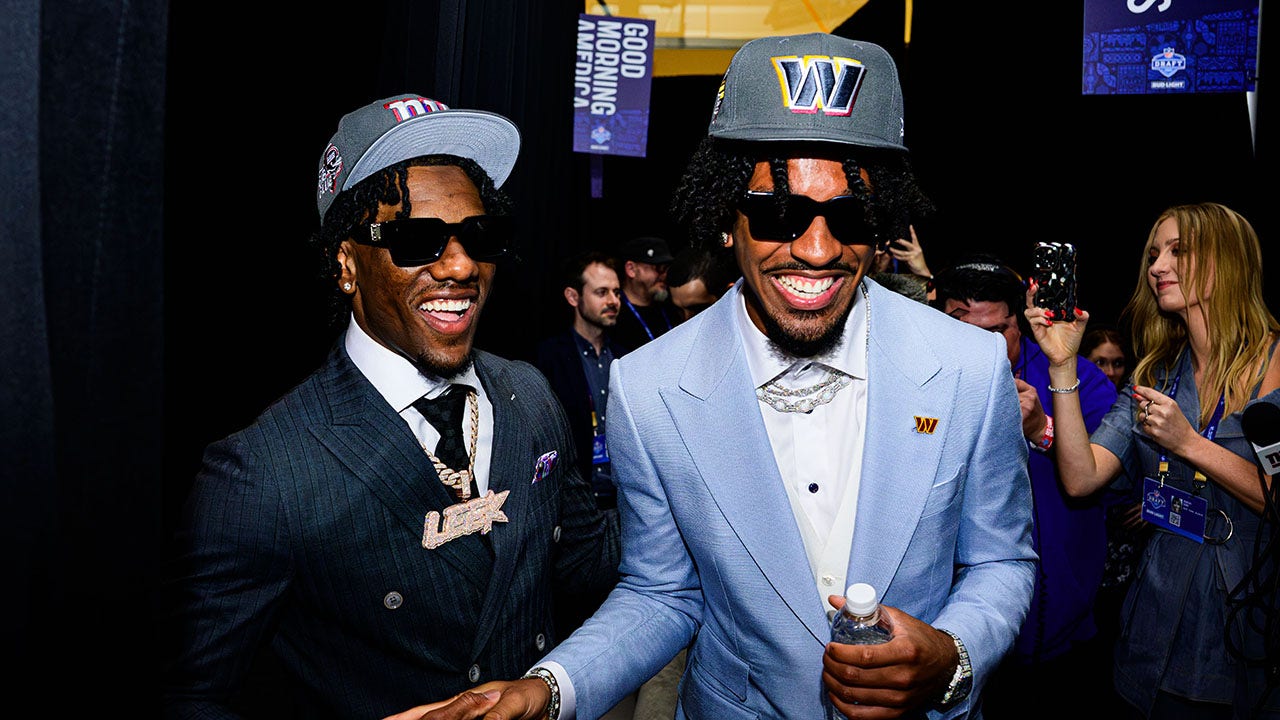
A $10,000 wager between Washington Commanders quarterback Jayden Daniels and New York Giants wide receiver Malik Nabers over the NFL’s Rookie of the Year was short-lived.
The former LSU teammates decided to call off the bet.
“We were uneducated on the gambling policy in the NFL,” Daniels said after the first practice of the Commanders’ rookie minicamp.
“We learned about it last night. Me and him had a conversation, and we canceled the bet. Obviously, we don’t want to get in trouble or anything.”
Malik Nabers and Jayden Daniels celebrate during the 2024 NFL Draft at Campus Martius Park and Hart Plaza April 25, 2024, in Detroit. (Gus Stark/LSU/University Images via Getty Images)
News of the wager surfaced after Daniels and Nabers’ recent podcast appearances.
JAYDEN DANIELS ON WHAT HE’LL BRING TO NFL: ‘WASHINGTON IS GETTING A DOG’
The NFL and other major professional sports leagues in the U.S. have disciplined players in recent years for violating gambling policies. Although the wager between Daniels and Nabers would have taken place without a sportsbook’s involvement, it still could have been considered a violation.
“I’m educated now that I got here about sports betting and gambling,” Nabers said after the Giants’ rookie minicamp in East Rutherford, New Jersey. “We’re calling the bet off. There is no bet now. It was just another brother pushing another brother to try to get to success. That’s all it was.”
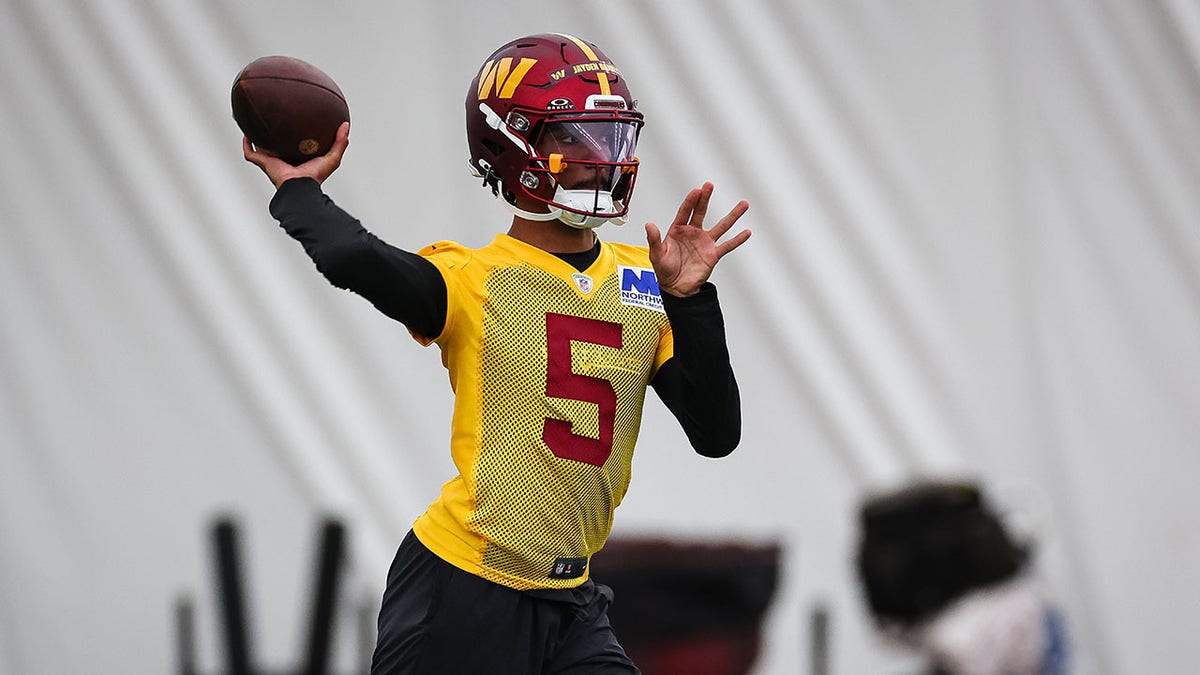
Jayden Daniels of the Washington Commanders attempts a pass during the Washington Commanders’ rookie minicamp at OrthoVirginia Training Center May 10, 2024, in Ashburn, Va. (Scott Taetsch/Getty Images)
It’s possible Daniels’ wallet is already a little lighter after reaching an agreement with punter Tress Way, Washington’s longest-tenured player, to wear the same No. 5 he had at LSU and at Arizona State. Daniels would not reveal the terms of the deal but thanked Way for working with him to get it done.
“Obviously, it was very hard for him, sentimental value to him and me,” Daniels said. “He’s a legend here, so I’m very appreciative that he allowed me to wear his jersey.”

Wide receiver Malik Nabers speaks to the media during New York Giants rookie minicamp at Quest Diagnostics Training Center May 10, 2024, in East Rutherford, N.J. (Sarah Stier/Getty Images)
Wide receiver Luke McCaffrey, a third-round draft pick and younger brother of San Francisco 49ers star running back Christian McCaffrey, was on the practice field with Daniels Friday. He expressed excitement about the prospect of playing with Daniels.
“He’s a stud,” said McCaffrey, a third-rounder out of Rice. “He’s one heck of a quarterback, and he’s a lot of fun to play with from a personality standpoint, and so I’ve had a blast in just 24 hours being in D.C. with him.”
The Associated Press contributed to this report.
Follow Fox News Digital’s sports coverage on X, and subscribe to the Fox News Sports Huddle newsletter.
Sports
Netflix is in the running for NFL Christmas games
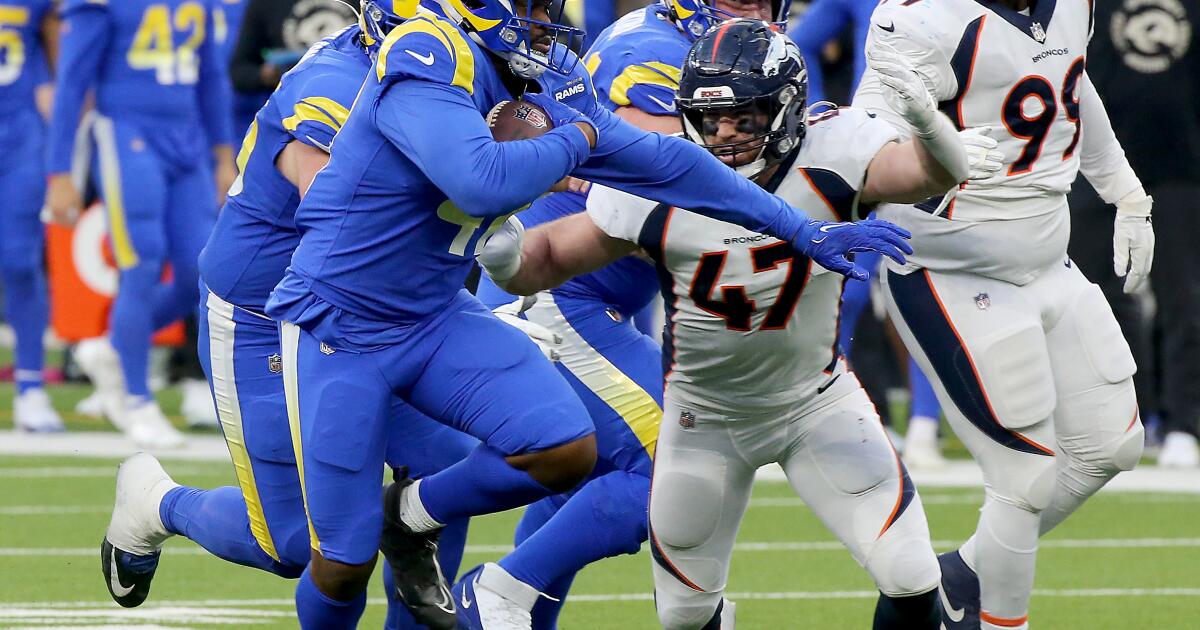
Christmas could be coming early for Netflix.
The NFL is considering a bid from the streaming behemoth for two football games to be played on Dec. 25, which falls on a Wednesday this year. The games would be the first major professional league sports events carried by the streaming giant.
An NFL representative had no comment. But one person familiar with the discussions said the league is still weighing the offer.
One consideration is whether having the games on the streamer instead of broadcast TV will limit exposure to fans.
Netflix has around 83 million subscribers in the U.S. and Canada. The number of subscribers using the lower-priced ad-supported tier that carries commercials is a small fraction of that total.
One reason Netflix would want the NFL is that it can help build its advertising business. Netflix has a presentation for advertisers scheduled in New York next week.
The NFL’s current TV partners, who are paying a total of $11 billion in annual rights fees, were asked to bid on the games, according to two people familiar with the talks who were not authorized to comment.
The fact that the NFL could extract two games from the existing NFL packages — and ask its media partners to pay for them again because they will run on a holiday outside of the usual windows of Thursday, Sunday and Monday night — demonstrates the league’s clout. The ratings for NFL games tower over everything else in television.
Puck was the first to report that Netflix was included in the process.
Christmas Day has long been the sports domain of the NBA, which has a slate of games running on ABC. But the NFL was pleased enough with the ratings performance of its Christmas Day games in recent years and is making them a part of its schedule for the 2024-25 season.
Over time, Netflix has increasingly invested in sports-related content.
Earlier this year, Netflix said it would become the home for WWE Raw starting in January 2025 and announced it would host live boxing matches, including one with YouTuber and professional boxer Jake Paul and Mike Tyson in July. Other live sports events streamed on Netflix include a tennis exhibition match and a golf tournament.
“We believe that these kind of eventized cultural moments, like the Jake Paul and Mike Tyson Fight, are just that kind of television that we want to be part of winning over those moments with our members as well,” said Ted Sarandos, Netflix co-chief executive, in an earnings presentation last month.
Greg Peters, co-CEO of Netflix, said these types of cultural events are also relevant to advertisers it seeks to court.
“So it’s an opportunity for us to expand our advertising offering and give those brands access to these kind of culture-defining moments,” Peters said in an earnings presentation in April.
In addition to hosting live events, Netflix has also developed a following for its sports documentaries.
Sarandos said in an earnings presentation that the company’s North Star is “to grow engagement, revenue and profit.”
“So when and if those opportunities arrive that we can come in and do that, which we feel like we did in our deal with WWE, if we can repeat those dynamics in other things, including sports, we’ll look at it for sure,” Sarandos said.
“Raw” is the top show on the USA Network, where it brings in 17.5 million unique viewers over the course of the year, WWE and Netflix said.
The deal is for an initial 10 years for an aggregate rights fee of more than $5 billion, with an option for Netflix to extend the agreement, according to a filing by TKO, the holding company of WWE, with the U.S. Securities and Exchange Commission.
-

 Politics1 week ago
Politics1 week agoThe White House has a new curator. Donna Hayashi Smith is the first Asian American to hold the post
-

 News1 week ago
News1 week agoPolice enter UCLA anti-war encampment; Arizona repeals Civil War-era abortion ban
-

 Politics1 week ago
Politics1 week agoAdams, NYPD cite 'global' effort to 'radicalize young people' after 300 arrested at Columbia, CUNY
-

 World1 week ago
World1 week agoTurkish police arrest hundreds at Istanbul May Day protests
-

 News1 week ago
News1 week agoVideo: Police Arrest Columbia Protesters Occupying Hamilton Hall
-
)
) Movie Reviews1 week ago
Movie Reviews1 week agoThe Idea of You Movie Review: Anne Hathaway’s honest performance makes the film stand out in a not so formulaic rom-com
-

 News1 week ago
News1 week agoSome Republicans expected to join Arizona Democrats to pass repeal of 1864 abortion ban
-

 Politics1 week ago
Politics1 week agoNewsom, state officials silent on anti-Israel protests at UCLA
